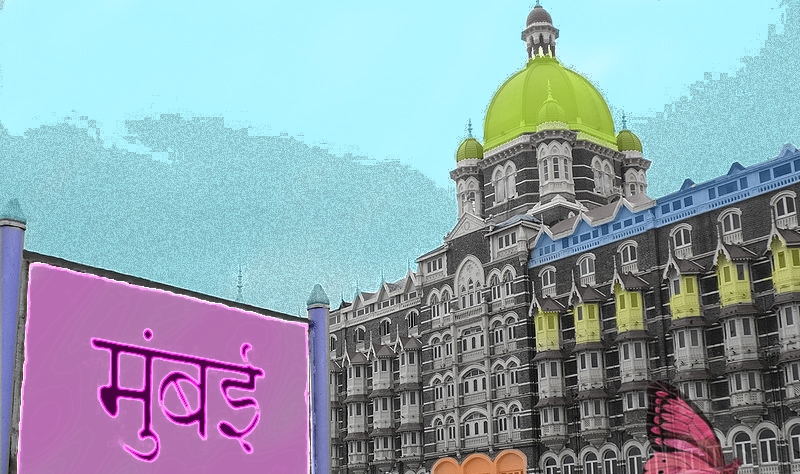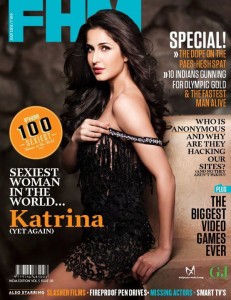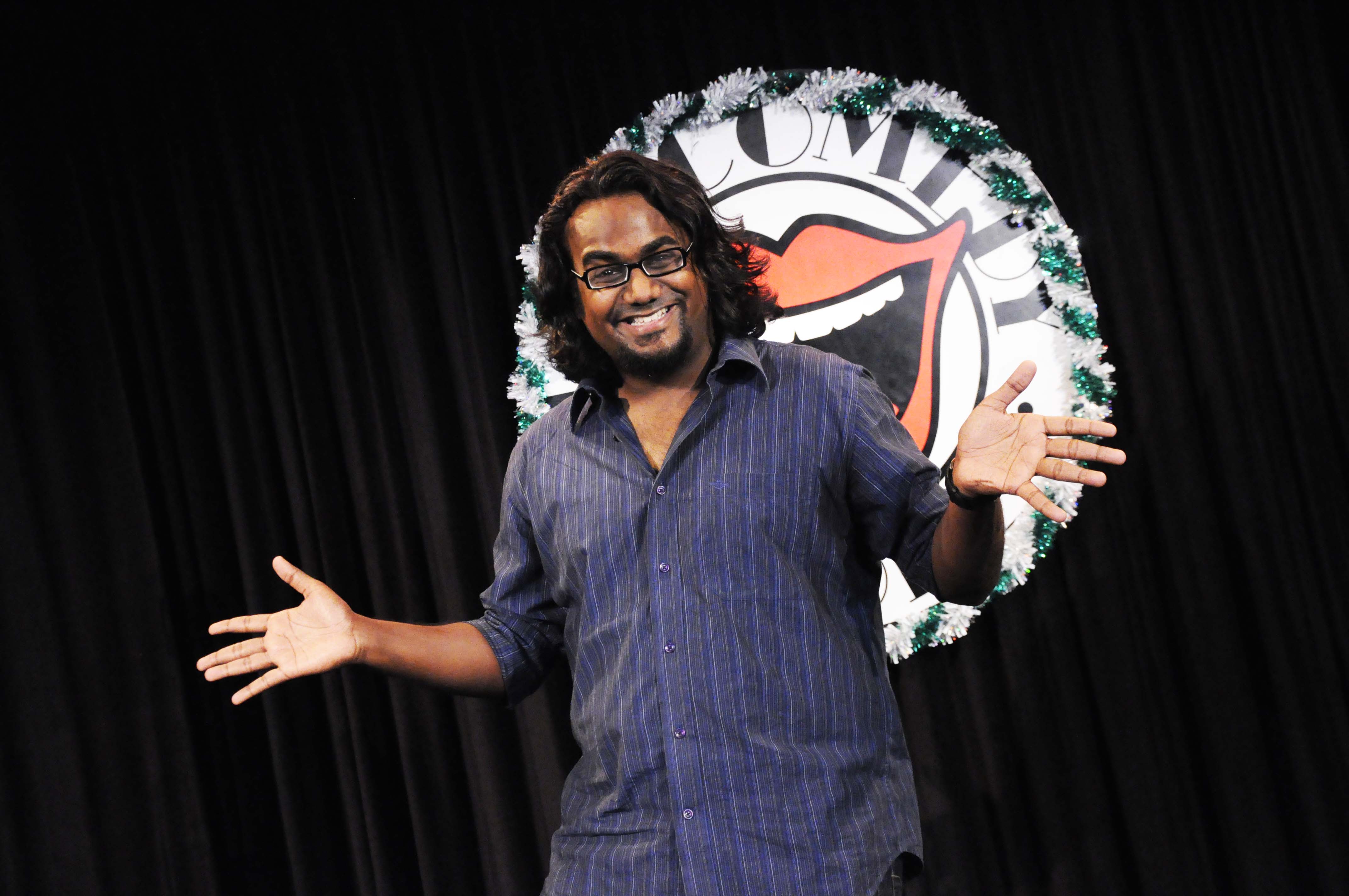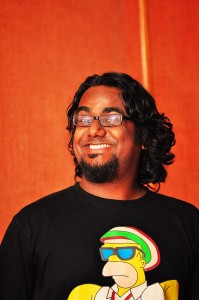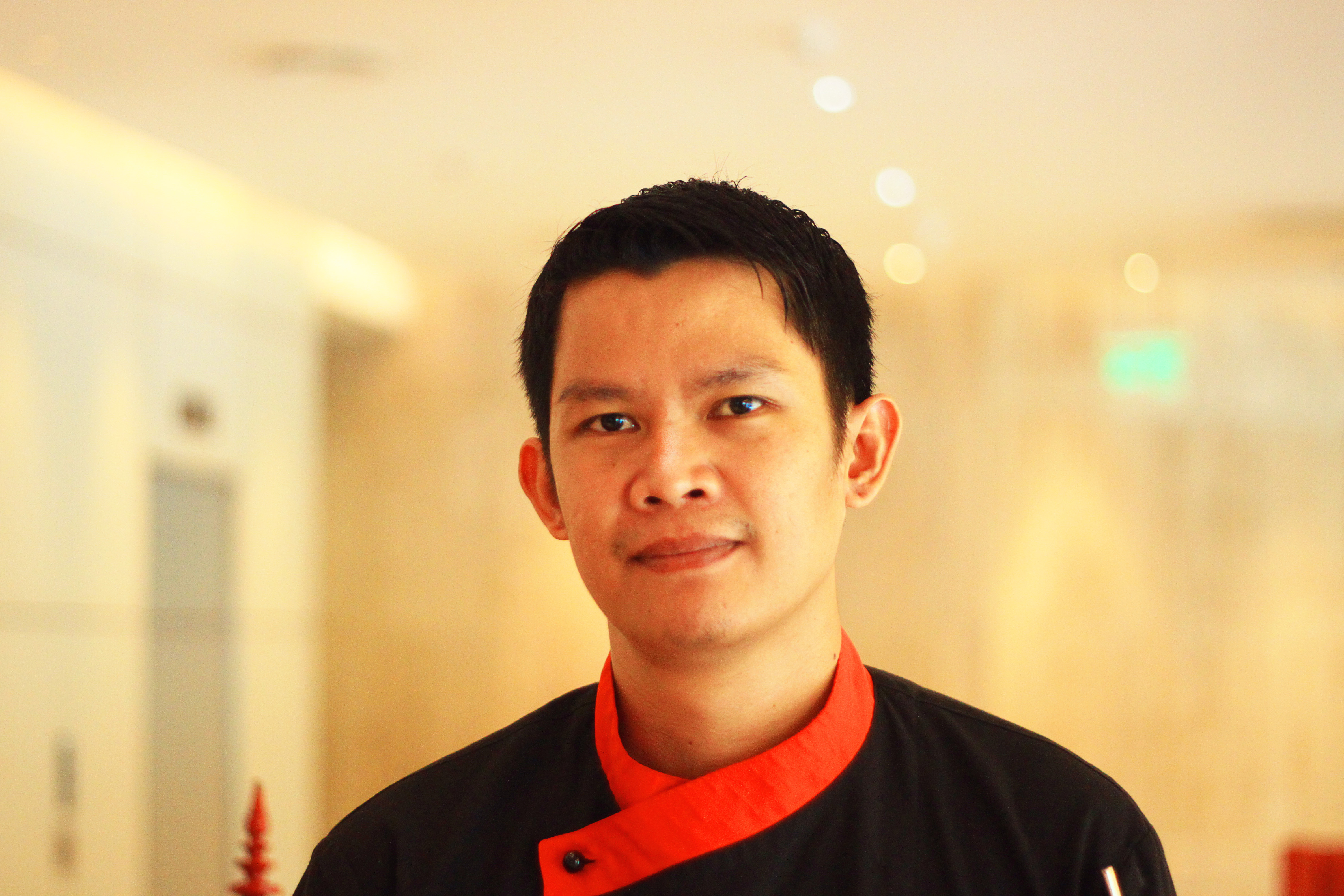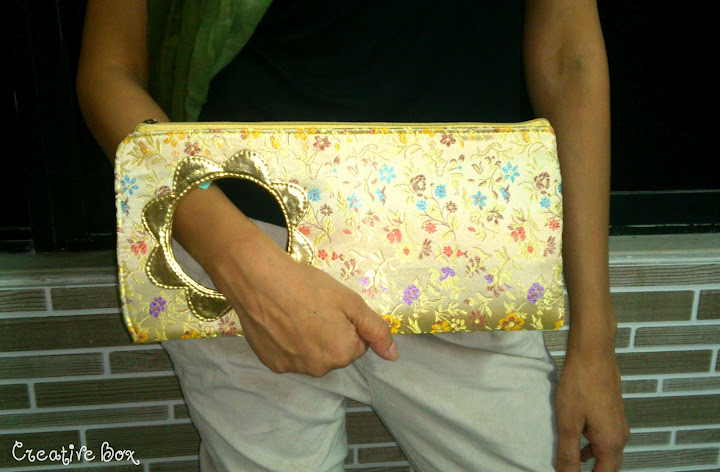Mikhail Madnani tells us how he created the wildly popular Mumbai On The Go app and how you can, too.
by the Editors | editor@themetrognome.in
You’re heading to a specific address but you don’t know which bus will take you there.
You suspect the auto driver ripped you off with a fake tariff card.
You want to know just how taxis and autorickshaws calculate the per kilometre fare.
Mikhail Madnani (24) wondered about these things, too. But he went a step further – he built an app that would give all of this information easily, thus saving Mumbaikars a lot of heartburn via peak- hour fights with errant cabs and autos, and unnecessary waiting for buses to turn up. Read on for his story.
My background and prior experience…
 I am an Electronics and Telecom engineer. I have been doodling around with typical programming languages for a while in engineering since the courses taught here are pretty bad or theory-based. I started learning objective C (the language used for iOS apps) in July last year with a friend. You need a Mac to test code, so I used my mom’s MacBook Air for learning on weekends when it was available. I bought a Mac soon after and then finished work on v1.0 of Mumbai On The Go in early September last year. I worked on the app with a friend on weekends mainly. The remainder was spent testing and eventually it was released.
I am an Electronics and Telecom engineer. I have been doodling around with typical programming languages for a while in engineering since the courses taught here are pretty bad or theory-based. I started learning objective C (the language used for iOS apps) in July last year with a friend. You need a Mac to test code, so I used my mom’s MacBook Air for learning on weekends when it was available. I bought a Mac soon after and then finished work on v1.0 of Mumbai On The Go in early September last year. I worked on the app with a friend on weekends mainly. The remainder was spent testing and eventually it was released.
I work…
… Mainly from home. I work on apps remotely with my friends Adib Parkar and Amar Kohli. Each of us handles different things and then we get everything together and start testing. Barring my work on apps, I write for Beautiful Pixels, review a few technical books and music for a few other sites.
I created Mumbai On The Go because…
Quite a few factors led to my decision to do this app. Many taxi and auto drivers blatantly rip off passengers with excuses like ‘old card/fare, new fare is higher,’ and all that. I travelled to college for four years by train and found it extremely annoying to use those books they sell at stations for approximate train timings. The buses in Mumbai are really good, but there was no proper source of bus routes available to people on mobile devices at the time. Also, switching buses was really hard to do with no proper directory of routes available easily. There was also a dearth of properly updated and usable travel apps for Mumbai on iOS.
Apps as simple as an auto meter would never be updated for over a year. The fares here change often and I wanted to make something that would be really useful. The app is also completely offline so it can be used on the iPod Touch as well while travelling. I did the same for the second app I created, Bengaluru On The Go, which is also available on the App Store.
Creating the app…
…Was a learning experience, since it was our first app. It also involved some ground work for getting up-to-date fares and routes. Testing was very important, since everything was new. Luckily I had access to different iOS devices from friends to test apps on. I also needed the app to work offline for iPod touch users while they travelled. That meant having a very fast search through a huge database of routes.
Appstatic!
The app is often in the top-25 overall paid apps in India, and was at number five overall in Mumbai when I put it on sale a few months ago. The app is also the highest-rated travel app in India on iOS. I made this app for people from abroad travelling here, and I’m always surprised by the number of downloads from outside India.
The best compliments…
I love it when people tell me they saved a lot of time or money thanks to the app. Someone saved over Rs 150 when the fares had just been increased, thanks to the app. It was also reviewed in T3 India, Chip magazine and Tech2, along with many online blogs.
I may rework some aspects of it…
I am working on some new graphics for the app and features requested by users, in addition to something that I think will make this app much better, which will be revealed later.
Promoting the app…
I used Twitter for the promotion and a few of my friends and people I know on Twitter helped me promote the app. Magazine and blog reviews helped. Being featured by Apple often in their What’s Hot sections is also really nice.
The most popular apps currently…
WhatsApp is always at the top of the charts here. Given the amount people used it to spam yesterday, I think it is safe to assume that it is very popular here. Games like Angry Birds Star Wars (that recently released) and the overrated Temple Run are always popular. Flipboard is probably the best news reader app available and I still have no idea why everyone doesn’t use Whatsapp.
What Mumbai needs…
Mumbai needs proper city guide apps. I think Zomato is also an essential app for someone here. When I travel abroad, I always look for apps for the places I’m visiting. I’m sure people do the same when they come here, and I’m glad they have some apps for the same now.
I wish I had designed…
…Any apps by Tapbots or Ender Labs. They make amazing apps.
If you’re going to design an app…
I do iOS apps now. To develop iOS apps, you need to know Objective C, work with Xcode and use a Mac. You cannot develop for iOS on any other platform. Each platform has their own design rules and they need to be followed. There are some great books available that help a lot. My recommendation for all programming-related books is mostly anything from O’Reilly publishers. They have some great beginner books in their ‘Head First” series and advanced tools like Cookbooks as well. They also do non code-related books that deal with designing.
